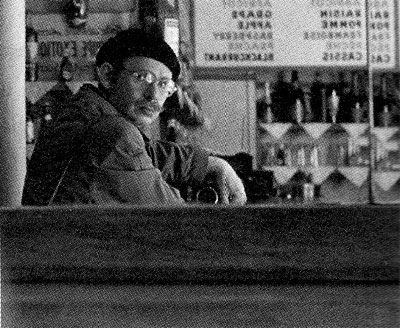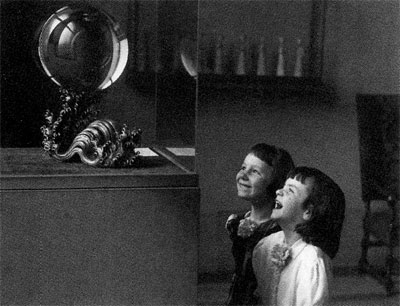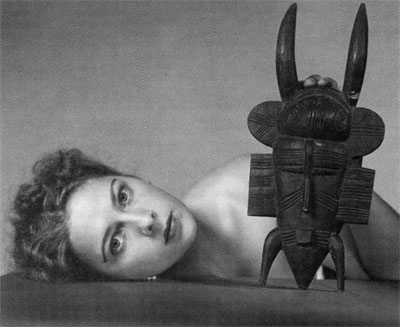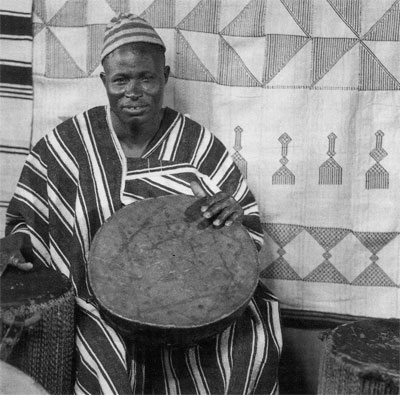




The Archives is known for its collections of field notes and photographs documenting human cultures and archaeological remains around the world. However, it also holds the personal papers of many members of the Museum’s academic and professional staff. These collections often range far from the traditional disciplines of the institution.
Consider, for example, Reuben Goldberg (1906–60) who was Museum Photographer from 1937 to 1960, having begun as its Assistant Photographer in 1928. Almost his entire body of work as a professional photographer, comprising over 16,000 images, is found in the Archives. In his time, Goldberg was regarded as one of the foremost photographers of three-dimensional sculpture and artwork in the country. His photographs have been, and continue to be, published in many books and magazines.
Goldberg received a degree in education from the University of Pennsylvania and taught in Philadelphia high schools for several years. He began taking pictures as a hobby, but soon took his camera everywhere, whether on professional assignments or at leisure.
Goldberg is best known for his photography of museum artifacts for the Penn Museum, as well as for numerous other museums and private collections. Though museum-related photographs form the greater part of his oeuvre, his work covers a far broader range of subjects.
As such, Goldberg was fascinated with the human form, including capturing bodies in motion. He worked with dancers such as Martha Graham, the founder of modern dance, and other performers in Philadelphia and New York. He also photographed nightclub acts and burlesque shows, and track-and-field athletes. His portraiture includes Penn and Museum notables, as well as hundreds of other individuals. Goldberg also photographed nudes.
Goldberg had many friends in the Philadelphia art scene. His candid views of artists at work form a major theme in his photography. Some of these artists are well known, such as Edna Andrade and James House, Jr. As a documentary photographer, Goldberg captured, among other subjects, campus events, art exhibits, and Philadelphia storefronts. The collection also includes travel photographs Goldberg took on a trip to Europe in the mid-1950s.
Goldberg’s photographs reveal some of his eccentricities. For example, he took his camera inside movie theaters and photographed famous actors, such as Clark Gable and Bette Davis, directly from the screen. But he did not photograph scenery because “nature to me means mosquitoes and poison ivy…”
Goldberg was an artist and a master of his craft. As Alfred Kidder II, Associate Director, stated upon Goldberg’s death, “[he] was a true artist in the photography of archaeological and ethnological specimens…His death is a great loss to the Museum, to anthropology and to his many friends and co-workers. They…will long remember him as one of those rare people who are truly dedicated to perfection in their work.”
